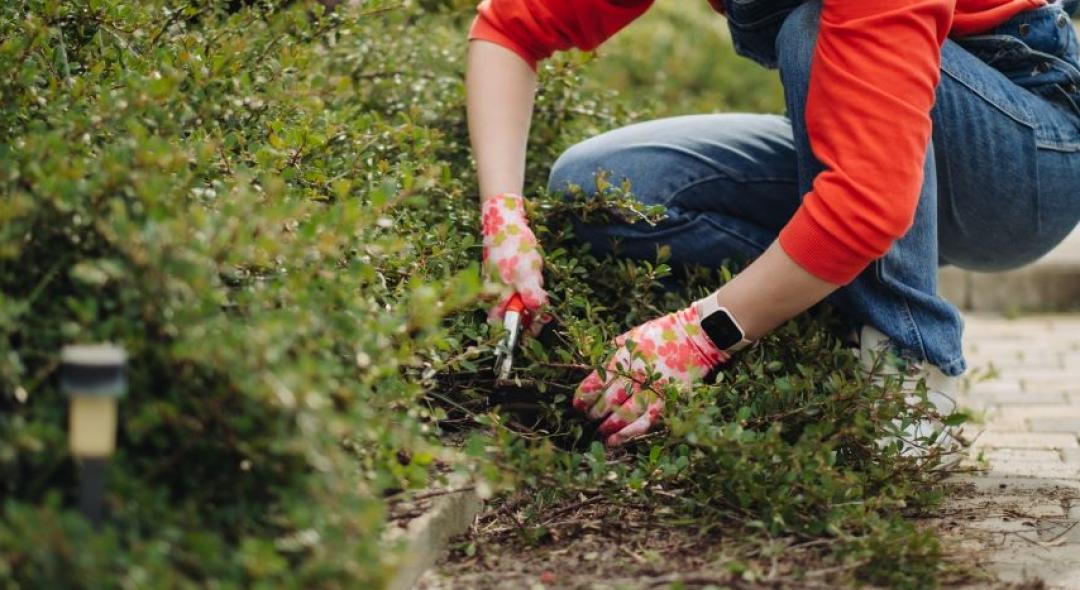Snowfall is common in many regions and apart from the usual shoveling and other additions to your routine to prevent snow from becoming too much of an annoyance, there’s one concern that often goes unaddressed – how much snow can your roof hold?
It’s not an easy thing to answer, and while there are dangers to excessive snow on your roof, there are also dangers to trying to clean it yourself. Let’s get into the specifics and what you can actually do in these situations!
“Good, better, best. Never let it rest. 'Til your good is better and your better is best. – St. Jerome
What are the dangers of too much snow on your roof?

There are two main problems you should worry about: while most homes that have been properly built will have a strong enough structure to withstand snow without any issues, excessive weight for extended periods can cause certain portions of your roof to bend and break. Same goes for the inside structure.
The other problem is caused by ice dams. This happens when heat from your home combines with snow on the roof to create essentially ice blockades that prevent snow from draining off the roof, which in turn increases the weight and leads to other problems. Ice spikes may form under the edges of your roof, the moistness allows for the growth of mold and mildew inside your home, and your exterior paint can deteriorate.
How much snow can a roof hold?
There’s a lot to consider here, so it’s hard to give a straight answer.
The amount of snow that your roof can hold will vary wildly depending on your roof structure, material, and even the consistency of the snow.
Steep roofs tend to shed snow better than something flat, so that’s already one consideration. On that same note, roof materials known for their endurance like asphalt or slate shingles, can do a better job of sustaining the weight.
Then, there’s the snow itself. Wet snow is much denser than dry snow and can weight up to three times more while having the same volume. For comparison’s sake, about a cubic foot of dry snow can weigh around 7 pounds, but that same cubic foot can go up to 20 pounds if the snow is wet and packed.
What are the signs of a struggling roof?

There are some basic signs you can make out by observing your roof, although they’re not always easy to notice.
Some of the most overt signs are bends and cracks on your roof structure (easier to notice if you have access to the attic) and cracks on the walls. But both of these can be caused by other vectors as well, so when in doubt, call a professional inspection to be sure how to proceed.
A few subtle signs may be doors that used to close normally but now won’t shut properly – this can indicate a shift in the structure… but then again, maybe the door is just slightly crooked, which can happen to anyone. So check it both ways.
Mold and mildew growth could also be a sign of ice dams preventing snow from draining, but those probably won’t be noticeable within just a few days. You’re much more likely to notice ice dams by visually inspecting your roof during snow season.
How often should I remove snow from the roof?
In most cases it’s not necessary. If everything is working properly, you roof should be sustaining snow just fine and it should be draining naturally. The only time you should worry is if you notice an unnatural amount of snow accumulating on your roof or any of the signs mentioned in the previous topic.
But – and this is very important – you should avoid trying to deal with snow on the roof by yourself.
It’s way more dangerous than it seems, especially if you’re dealing with large quantities and don’t have experience or the necessary equipment. If you need to, call a professional.
Looking for a snow removal service? Get free quotes for a roof snow removal service from your area today!
MORE FROM HOMEYOU
6 Essential Tips To Improve Indoor Air Quality
7 Ways to Save Money on Your Bathroom Remodel
How to Design a Warm and Welcoming Bathroom
